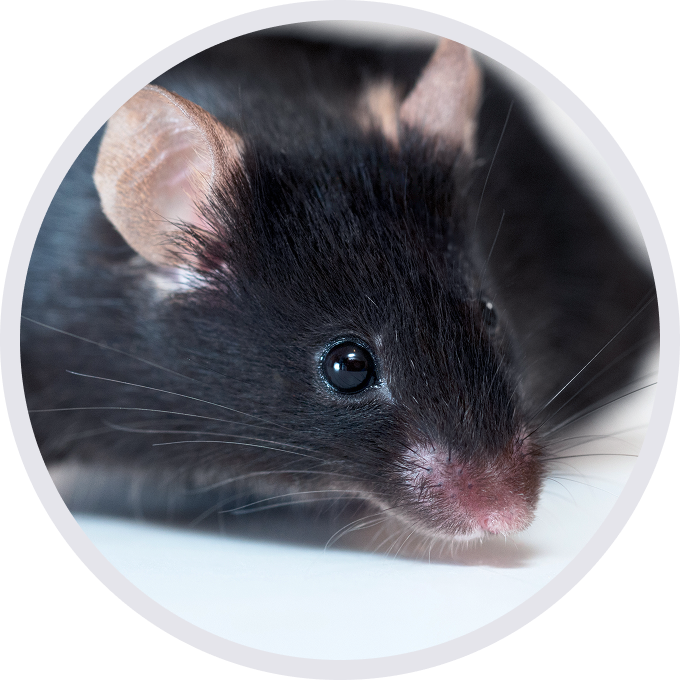
C57BL/6-Trftm2(TF)Bcgen Tfrctm1(TFRC)Bcgen/Bcgen • 113332
Background:
Target strategy:
Verification:
Application:
Gene targeting strategy for B-hTF/hTFR1 mice. The exons 1-14 of mouse Trf gene were replaced by human exons 1-17 that encode whole domains of TF protein in B-hTF/hTFR1 mice. The promoter, 5’UTR and 3’UTR regions of the mouse gene are also retained. The human TF expression is driven by endogenous mouse Trf promoter, while mouse Trf gene transcription and translation will be disrupted.

Strain specific transferrin (TF) expression analysis in wild-type C57BL/6JNifdc mice and homozygous humanized B-hTF/hTFR1 mice by ELISA. Serum was collected from wild-type C57BL/6JNifdc mice (+/+) (female, n=3, 6-week-old) and homozygous B-hTF/hTFR1 mice (H/H) (1 male and 2 female, n=3, 6-week-old). Expression level of human Transferrin was analyzed by ELISA (anti-human transferrin ELISA kit: abcam, ab187391; anti-mouse transferrin ELISA kit: abcam, ab157724). Mouse TF was only detectable in wild-type mice. Human TF was exclusively detectable in homozygous B-hTF/hTFR1 mice, but not in wild-type C57BL/6JNifdc mice. Values are expressed as mean ± SEM.

Western blot analysis of TFR1 protein expression in wild-type C57BL/6JNidc mice and homozygous B-hTF/hTFR1 mice by WB. Various tissues were collected from wild-type C57BL/6JNifdc mice (+/+) and homozygous B-hTF/hTFR1 mice (H/H), and then analyzed by western blot with anti-TFR1 antibody (abcam, ab214039). 30 μg total protein was loaded for western blotting analysis. GAPDH was detected as internal control. TFR1 was detectable in heart, liver, spleen, lung, kidney, stomach, colon, eyes and brain from C57BL/6JNifdc and homozygous B-hTF/hTFR1 mice, as the antibody was cross-reactive between human and mouse. M, marker.